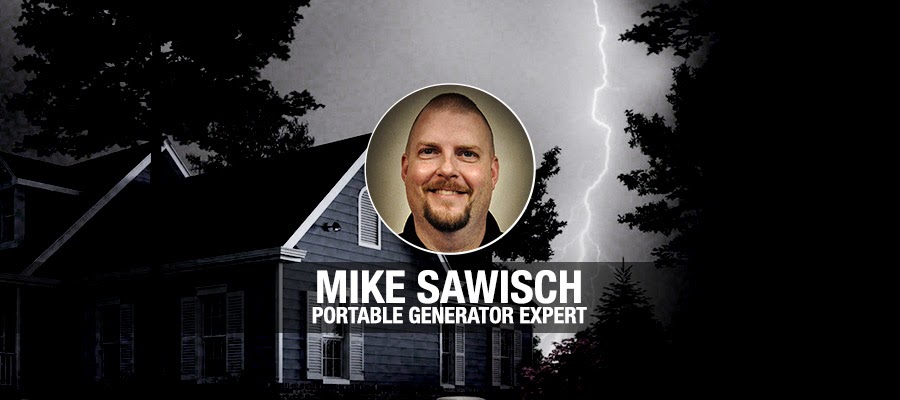 An ice storm has hit the Georgia area. Ice forming on power lines has caused major problems for people in the area, downing power lines and causing power outages.
An ice storm has hit the Georgia area. Ice forming on power lines has caused major problems for people in the area, downing power lines and causing power outages.With power still out, those affected may begin to wonder how they're going to stay warm as the sun begins to descend below the horizon.
If you are among these people affected, you can certainly do something to restore power to your home.
Go to www.ElectricGeneratorsDirect.com, and you'll see they have many different kinds of generators in stock. Portable generators are the lightest, most affordable, and easiest to get going. Just don't run the unit inside your home, garage, or cellar. The carbon monoxide fumes produced are very deadly. Leave it outside away from doors and windows and run extension cords from it to power your utilities inside.
If you're new to generators, call during the day and speak with one of the experts. They'll help you by answering any questions you might have. Visit the on-site electric generator Buyer's Guide to help you find the perfect model for you, and you'll be warm and watching television again in no time!
If you're looking for a more permanent fix that will kick on as soon as the power goes out, you can get a home standby generator from the same place and hire an electrician and a plumber to come out and install it for you.
Businesses that are worried about keeping the power on have an even better option with commercial standby generators to help keep their coolers, lights, and everything else up and running through power outages. Take a look at Electric Generators Direct.


